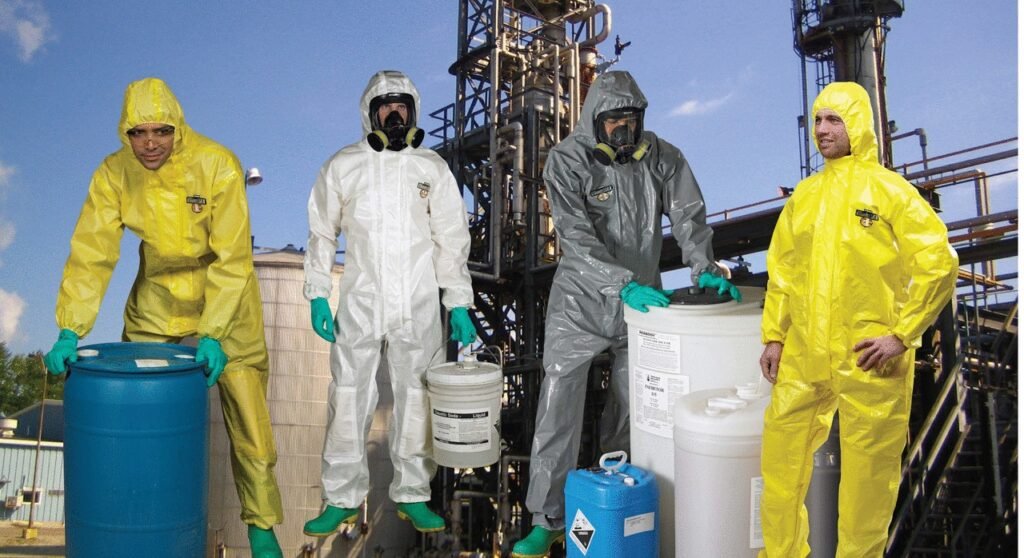In today’s world, occupational safety and health concerns are of utmost importance in all industries. Whether it is healthcare, food processing, construction, or even nuclear operations, the use of disposable protective clothing has become an essential aspect of ensuring the safety of workers. These clothing items are designed to provide a barrier of protection between the wearer and hazardous substances, contaminants, or infectious agents.

Disposable protective clothing is made from various materials such as cotton, polyester, polypropylene, polycarbonate, and polyethylene. The selection of the material depends on the type of hazard that the worker is exposed to. For example, a fire retardant material would be more suitable for a worker in a welding industry, while a chemical-resistant material would be more appropriate for a worker in the pharmaceutical industry.
One of the key benefits of disposable protective clothing is that it is flexible and customizable. Manufacturers can design protective clothing that meets unique workplace requirements, ensuring that workers are safe and comfortable. For instance, protective clothing for healthcare workers is designed to protect against infectious agents, while also allowing for easy movement and breathability to prevent heat stress.
Another significant advantage of disposable protective clothing is its ability to prevent cross-contamination. In the food industry, for example, workers must change into clean clothing when entering a processing room to prevent contamination. In healthcare, patients who are infected with contagious diseases can spread the disease through contact with clothing. Disposable protective clothing can be discarded after use, preventing the spread of harmful contaminants.
In addition to preventing cross-contamination, disposable protective clothing also offers convenience. Workers do not have to wash or dry clean the clothing after use, which can be time-consuming and expensive. One can simply dispose of the clothing after use and move on to the next task. This feature of disposable protective clothing is particularly important in industries where workers deal with hazardous materials that can stick to or penetrate through clothing fibers.
Disposable protective clothing is also cost-effective. Although the initial cost of purchasing protective clothing may seem high, in the long run, it pays off. The cost of lost workdays due to injury or illness, medical expenses, and litigation can be prevented by investing in high-quality disposable protective clothing. Additionally, disposing of protective clothing is generally cheaper than cleaning and disinfecting reusable clothing.
The use of disposable protective clothing is not limited to a particular industry or workspace. It is applicable and useful in virtually all industries. Workers in the agriculture industry, for example, are exposed to pesticides, fertilizers, and other hazardous chemicals. These chemicals can be absorbed into the skin or inhaled, causing serious health consequences. Disposable protective clothing such as gloves, coveralls, and respirators can help prevent exposure to these hazardous materials.
In the automotive industry, workers are also exposed to harmful chemicals such as solvents, grease, and oils. Protective clothing such as coveralls, gloves, and respirators can prevent skin contact, inhalation, and ingestion of these chemicals. The construction industry is another sector where equipment such as hard hats, safety glasses, and safety shoes are essential protective equipment.
Disposable protective clothing is a crucial aspect of ensuring the health and safety of workers in all industries. Protective clothing is designed to provide a barrier between the wearer and hazardous substances, contaminants, or infectious agents. The use of disposable protective clothing offers numerous benefits such as cost-effectiveness, convenience, and prevention of cross-contamination. Protective clothing can be customized to meet the unique requirements of each industry, making it a versatile and applicable solution to safety concerns. With the continual advancements in technology and materials, disposable protective clothing will remain an essential aspect of occupational safety and health practices of all industries.


